Home>Home Appliances>Laundry Appliances>What Does E1 Mean On A Washing Machine
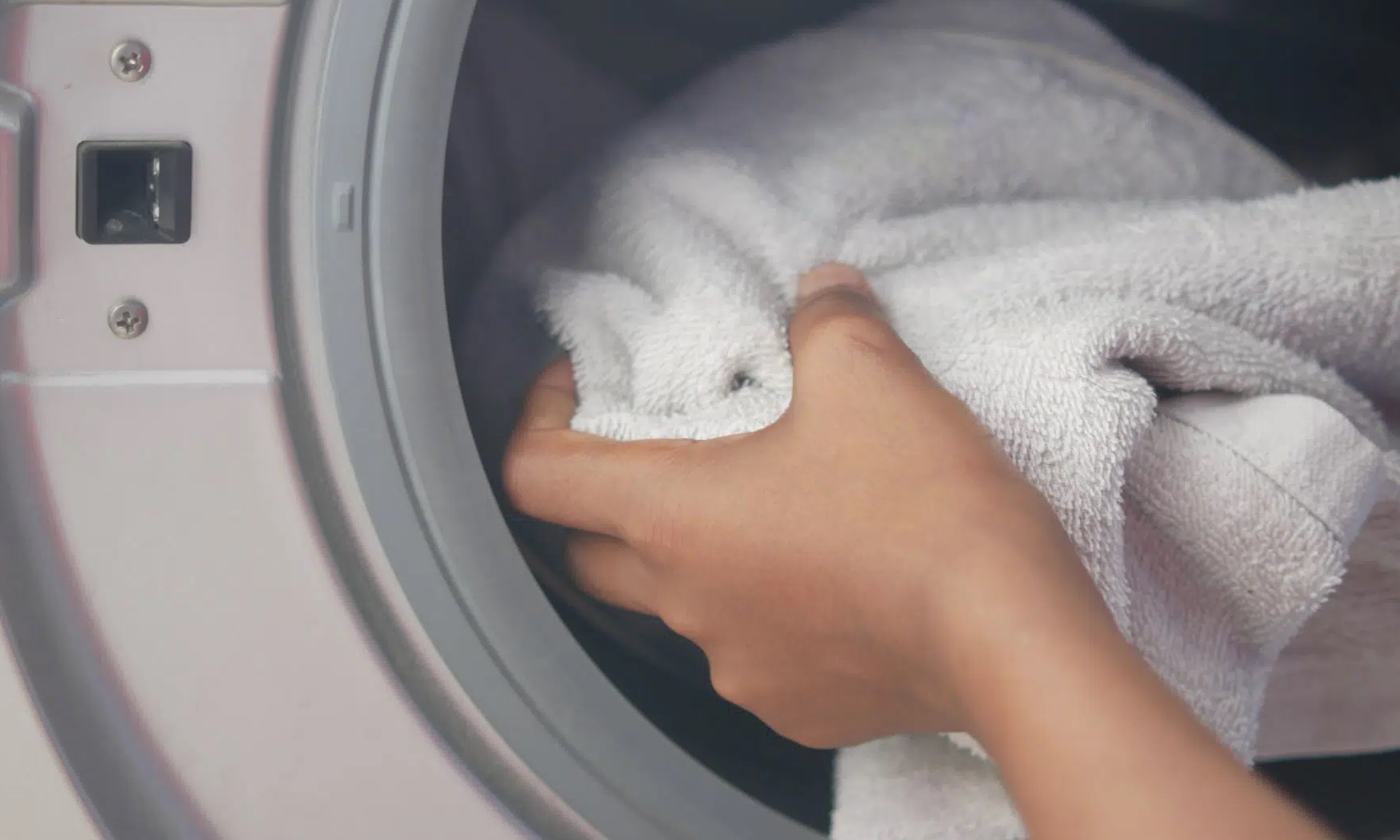

Laundry Appliances
What Does E1 Mean On A Washing Machine
Published: February 21, 2024
Discover the meaning of E1 on a washing machine and troubleshoot laundry appliance issues. Get expert tips for resolving E1 errors. Explore more laundry appliance insights.
(Many of the links in this article redirect to a specific reviewed product. Your purchase of these products through affiliate links helps to generate commission for Storables.com, at no extra cost. Learn more)
Understanding the E1 Error Code
When it comes to laundry appliances, encountering error codes can be a frustrating experience. One of the most common error codes that users may come across is the E1 error code on a washing machine. Understanding what this error code signifies is crucial in effectively addressing the underlying issue.
The E1 error code on a washing machine typically indicates a problem with the machine's water supply. This error is often triggered when the washing machine is unable to fill with water or when it detects an issue with the water inlet. In some models, the E1 error code may also indicate a water leak or overflow situation.
It's important to note that the specific meaning of the E1 error code can vary depending on the brand and model of the washing machine. Therefore, consulting the user manual that accompanies the appliance can provide valuable insights into the exact nature of the issue.
In general, the E1 error code serves as a diagnostic tool, alerting users to potential issues related to water supply and intake. By understanding the significance of this error code, users can take the necessary steps to troubleshoot and resolve the underlying problem, ensuring that their washing machine operates smoothly and efficiently.
In the next sections, we will delve into the common causes of the E1 error code, explore troubleshooting methods to address this issue, and discuss preventive measures to minimize the likelihood of encountering this error in the future. Understanding the root causes of the E1 error code is essential for implementing effective solutions and maintaining the optimal performance of your washing machine.
Key Takeaways:
- The E1 error code on a washing machine indicates water supply issues, leaks, or overflow situations. Understanding and addressing these issues can help maintain the machine’s optimal functionality.
- To prevent the E1 error code, regularly maintain and inspect the washing machine’s water supply components, monitor water pressure, and avoid overloading. Proactive care can minimize the likelihood of encountering this error.
Read more: What Does E1 Mean On A Space Heater
Common Causes of the E1 Error Code
The E1 error code on a washing machine can stem from various underlying issues related to the water supply and intake system. Understanding the common causes of this error is pivotal in diagnosing and resolving the problem effectively. Here are the typical culprits behind the E1 error code:
-
Water Supply Issues: Insufficient water supply or low water pressure can trigger the E1 error code. This may occur due to a closed water tap, kinked inlet hoses, or a clogged water filter. Additionally, a malfunctioning water inlet valve can impede the proper flow of water into the washing machine, leading to the E1 error.
-
Inlet Hose Problems: The inlet hoses that connect the washing machine to the water supply can be prone to kinking, twisting, or damage. Any obstruction or damage to these hoses can disrupt the water intake process, causing the E1 error code to manifest.
-
Water Inlet Valve Malfunction: A faulty water inlet valve, responsible for regulating the flow of water into the washing machine, can contribute to the E1 error. If the valve fails to open or close properly, it can impede the water intake process, triggering the error code.
-
Water Leakage: In some cases, the E1 error code may indicate a water leak within the washing machine. This could be attributed to damaged or deteriorated seals, loose connections, or a malfunctioning internal water containment system.
-
Overfilling or Overflow: When the washing machine detects an overfilling or overflow situation, it may display the E1 error code as a safety measure. This can occur due to a malfunctioning pressure switch or an issue with the water level sensor.
By identifying these common causes of the E1 error code, users can gain valuable insights into the potential issues affecting their washing machine. With this knowledge, they can proceed to troubleshoot the problem effectively, addressing the root cause of the error and restoring the appliance to optimal functionality.
E1 on a washing machine usually indicates a problem with the door lock. Check for any obstructions in the door and ensure it is closing properly. If the issue persists, consult the user manual or contact the manufacturer for further assistance.
Troubleshooting the E1 Error Code
Resolving the E1 error code on a washing machine involves a systematic approach to identify and address the underlying issue. By following the troubleshooting steps outlined below, users can effectively diagnose the cause of the error and implement the necessary solutions to restore their washing machine to proper working condition.
-
Check Water Supply: Begin by ensuring that the water supply to the washing machine is adequate. Verify that the water tap connected to the appliance is fully open and that there are no restrictions in the water supply line. Additionally, inspect the inlet hoses for any kinks, twists, or damage that may impede the flow of water.
-
Inspect Inlet Hoses: Examine the inlet hoses for any signs of damage, such as cracks or leaks. Ensure that the hoses are properly connected to both the washing machine and the water supply. If any issues are detected, replace the damaged hoses with new ones to facilitate unobstructed water intake.
-
Clean Water Filter: If the washing machine is equipped with a water filter, it is essential to clean it regularly to prevent clogging. A clogged water filter can restrict water flow, leading to the E1 error code. Remove the filter and clean it thoroughly, removing any debris or sediment that may have accumulated.
-
Inspect Water Inlet Valve: Check the functionality of the water inlet valve, which controls the flow of water into the washing machine. Ensure that the valve is free from obstructions and operates smoothly. If the valve is faulty or obstructed, it may need to be replaced to resolve the E1 error.
-
Address Water Leakage: If the E1 error code is indicative of a water leak, carefully inspect the washing machine for any signs of leakage. Check the seals, connections, and internal components for damage or deterioration. Address any leaks promptly and replace damaged parts as needed to prevent further water-related issues.
-
Verify Pressure Switch and Water Level Sensor: The pressure switch and water level sensor play crucial roles in regulating the water level within the washing machine. Ensure that these components are functioning correctly and accurately detecting the water level. Malfunctioning pressure switches or sensors can trigger the E1 error code due to overfilling or overflow situations.
By systematically troubleshooting the E1 error code and addressing the identified issues, users can effectively resolve the underlying problems affecting their washing machine's water supply and intake system. Implementing these troubleshooting steps can help restore the appliance to optimal functionality, allowing for seamless laundry operations without the inconvenience of error codes.
Preventing the E1 Error Code in the Future
Preventing the recurrence of the E1 error code on your washing machine involves proactive measures aimed at maintaining the integrity of the water supply and intake system. By implementing the following preventive strategies, you can minimize the likelihood of encountering the E1 error in the future, ensuring consistent and trouble-free operation of your washing machine.
-
Regular Maintenance: Schedule routine maintenance for your washing machine to inspect and maintain the water supply components. This includes checking the condition of the inlet hoses, cleaning the water filter, and ensuring that the water inlet valve is free from obstructions. By proactively addressing potential issues, you can prevent the accumulation of debris and blockages that may trigger the E1 error code.
-
Inspect Inlet Hoses: Periodically inspect the inlet hoses for signs of wear, damage, or deterioration. Replace any worn or damaged hoses to prevent leaks and ensure unobstructed water flow. Additionally, position the hoses to minimize kinking or twisting, allowing for smooth water intake during each laundry cycle.
-
Monitor Water Pressure: Keep an eye on the water pressure in your home to ensure that it meets the requirements of your washing machine. Inadequate water pressure can contribute to the E1 error code, so maintaining optimal water pressure levels is essential for the proper functioning of the appliance.
-
Prompt Repairs: Address any water leaks, malfunctioning water inlet valves, or damaged seals promptly. Ignoring these issues can lead to more significant problems, including the recurrence of the E1 error code. By promptly repairing any water-related issues, you can safeguard your washing machine from potential malfunctions.
-
Avoid Overloading: Overloading the washing machine can lead to imbalances in the water level, potentially triggering the E1 error code. Adhere to the recommended load capacity for each laundry cycle to prevent overfilling and ensure that the appliance operates within its designed parameters.
-
Use Quality Detergents: Selecting high-quality detergents and following the recommended usage guidelines can contribute to the optimal performance of your washing machine. Using excessive detergent or low-quality products can result in excessive suds and potential water intake issues, leading to error codes such as E1.
By proactively implementing these preventive measures, you can significantly reduce the likelihood of encountering the E1 error code on your washing machine. Maintaining a proactive approach to the care and maintenance of your appliance's water supply system can contribute to its longevity and reliable performance, allowing you to enjoy hassle-free laundry routines without the inconvenience of error codes disrupting the process.
Frequently Asked Questions about What Does E1 Mean On A Washing Machine
Was this page helpful?
At Storables.com, we guarantee accurate and reliable information. Our content, validated by Expert Board Contributors, is crafted following stringent Editorial Policies. We're committed to providing you with well-researched, expert-backed insights for all your informational needs.

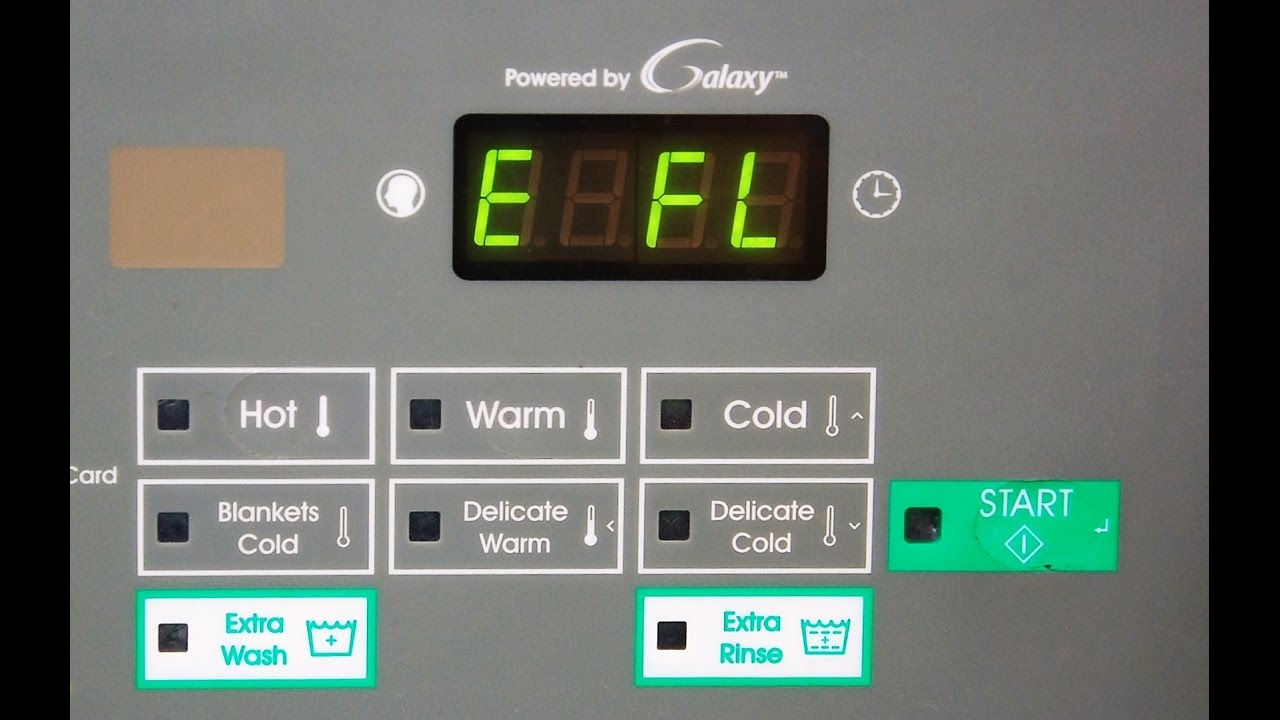
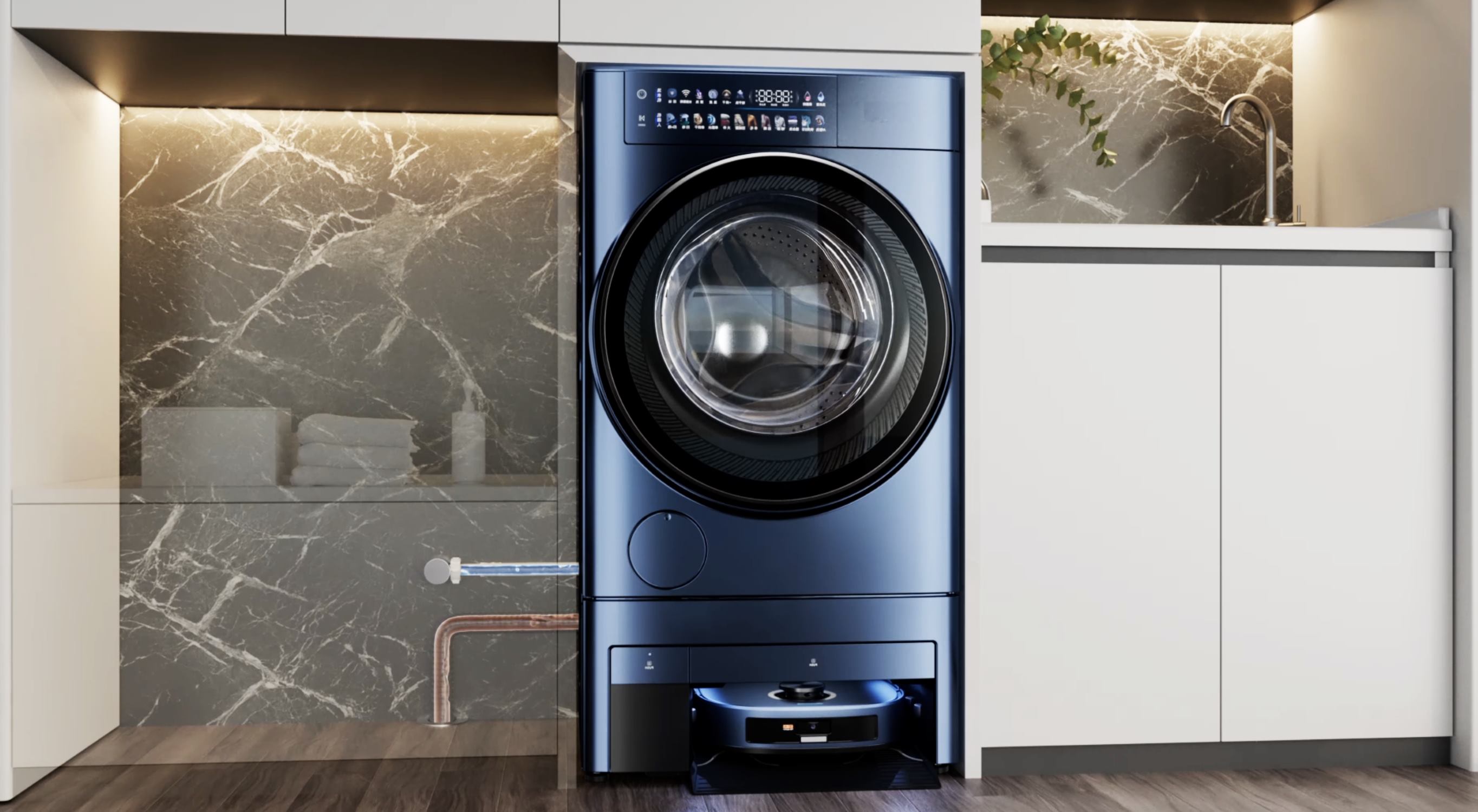
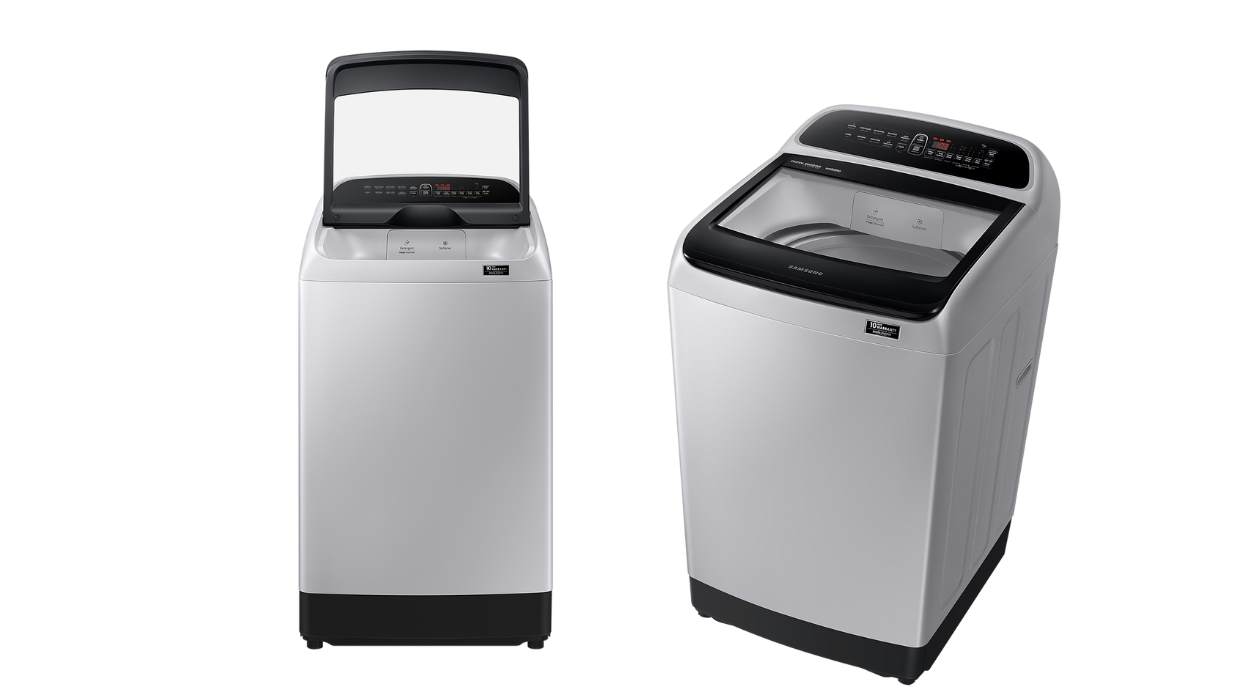
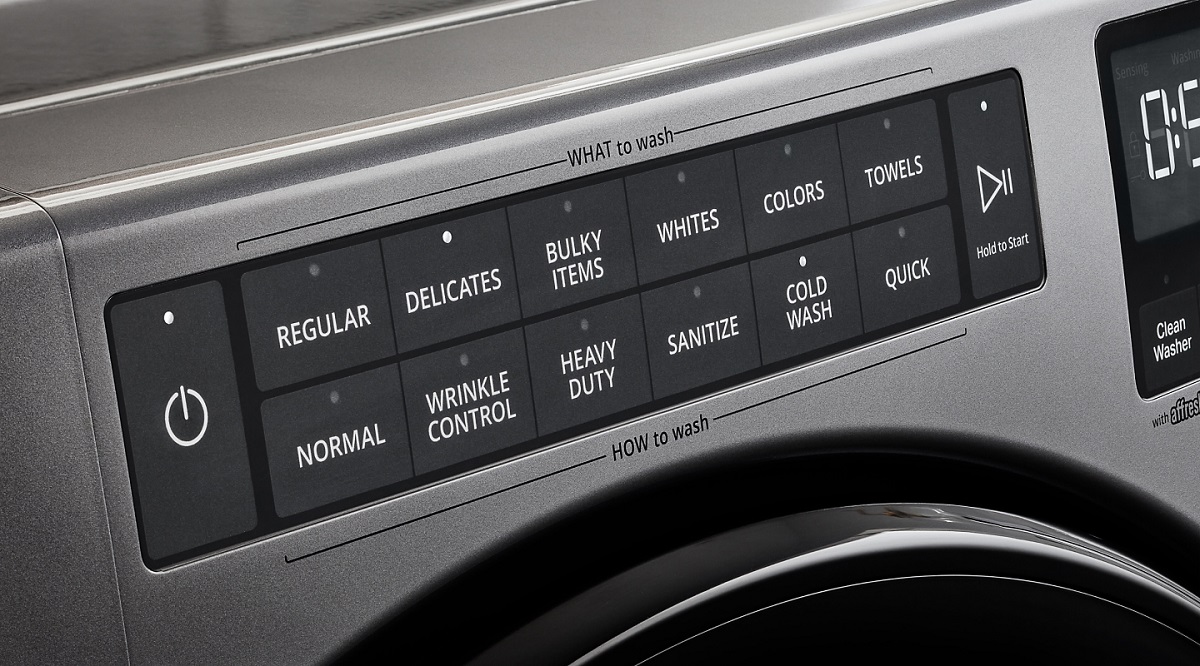
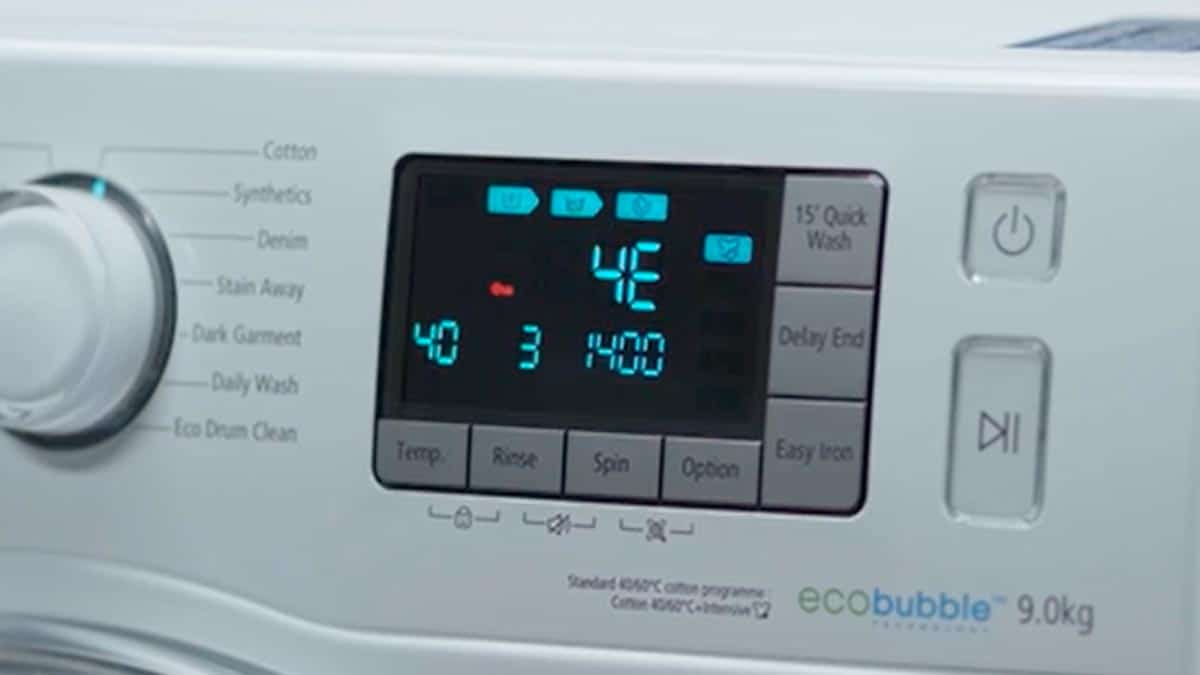
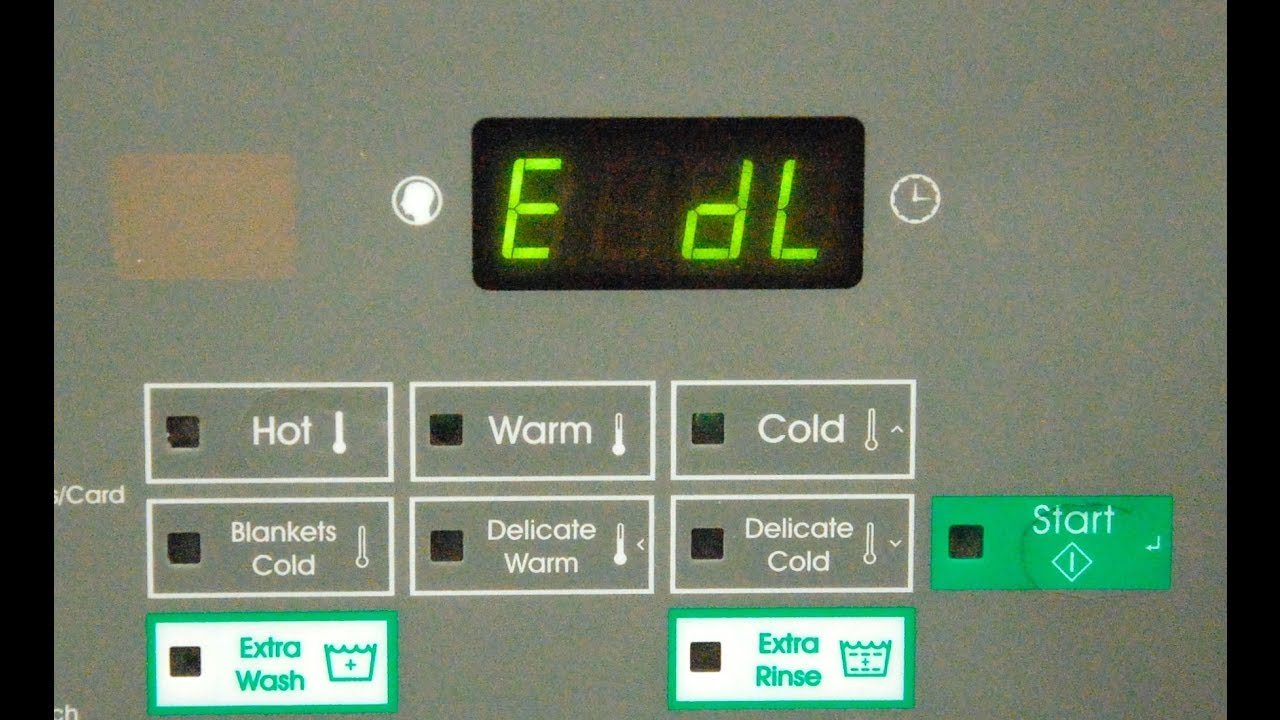
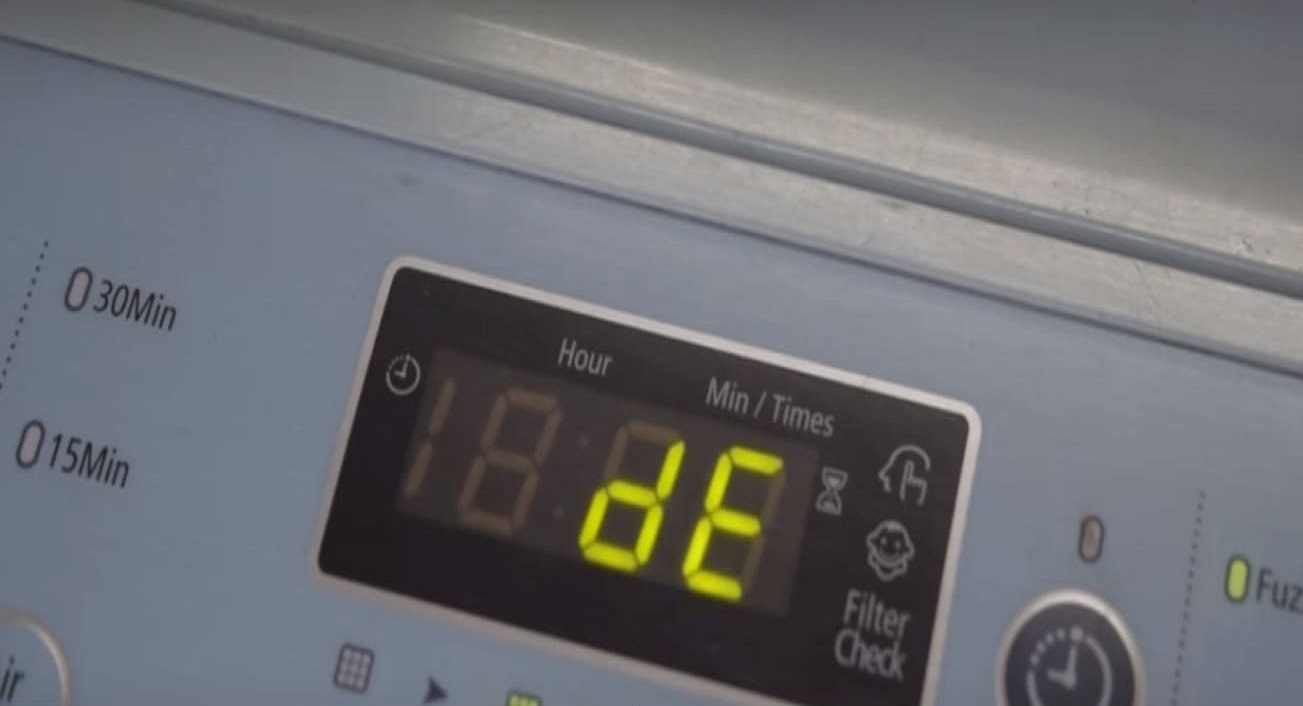

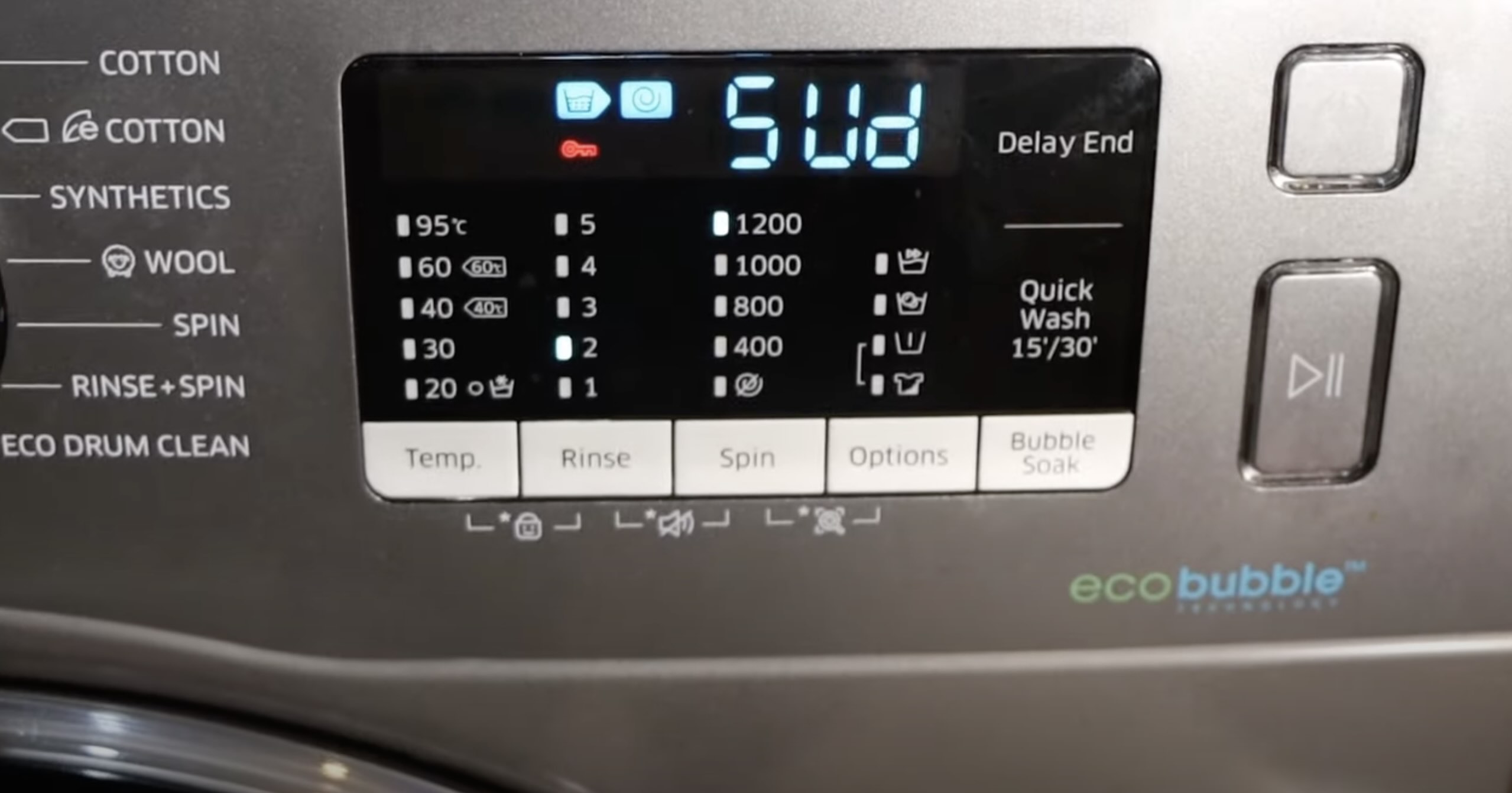
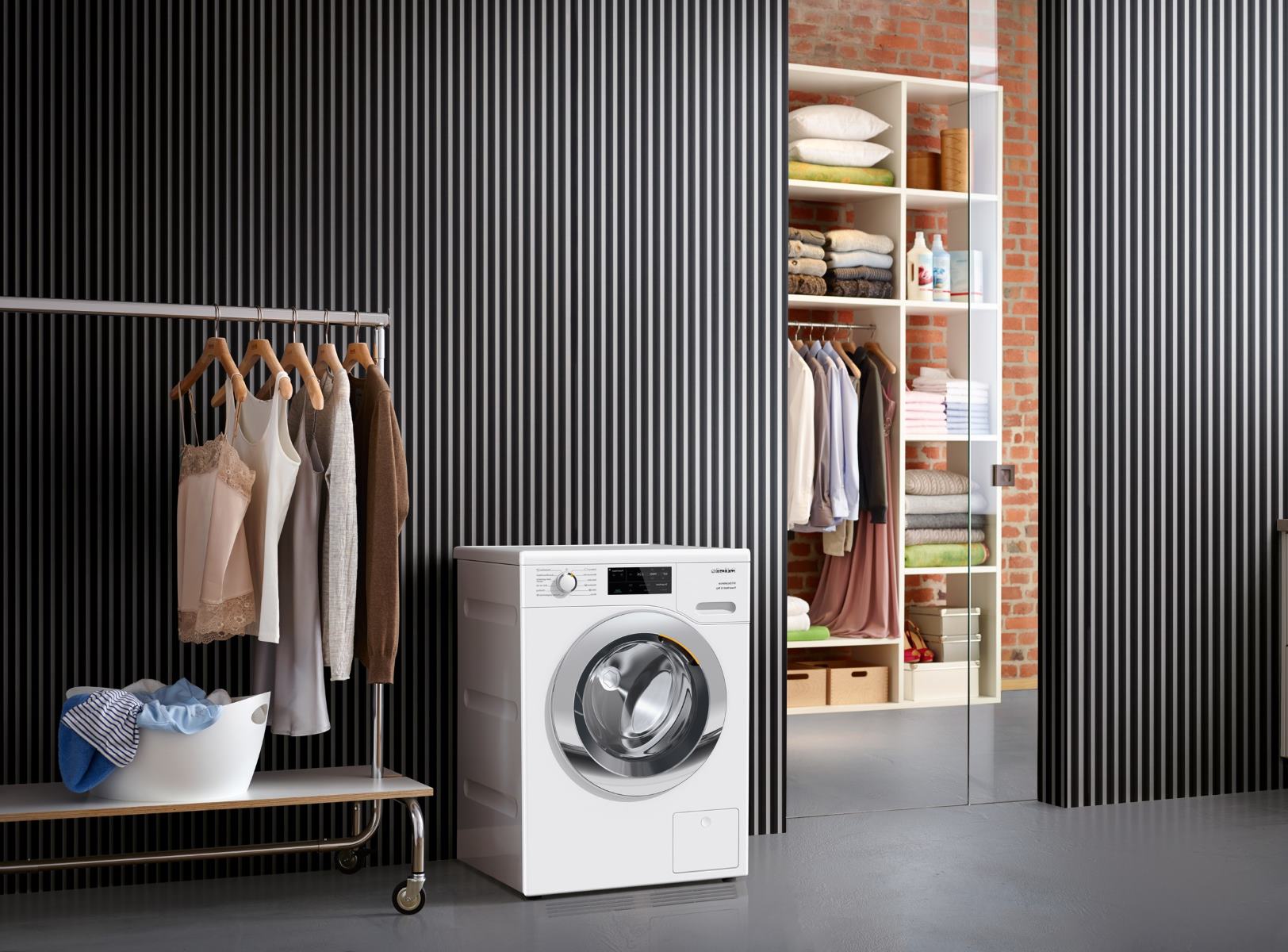
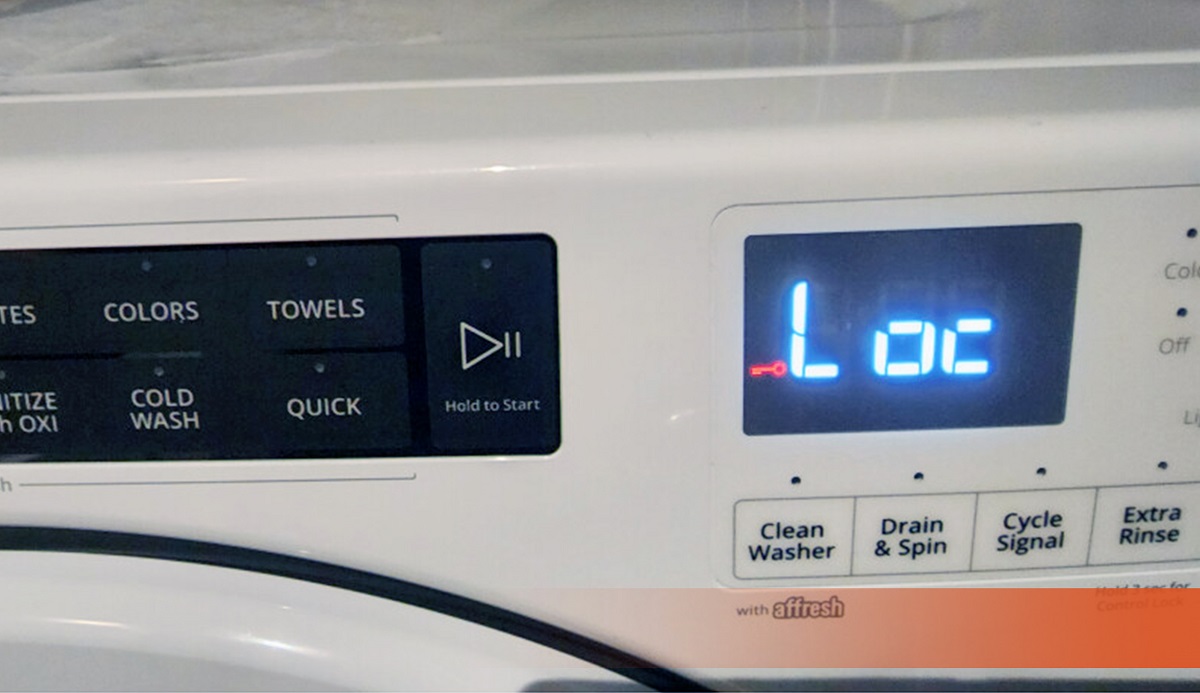
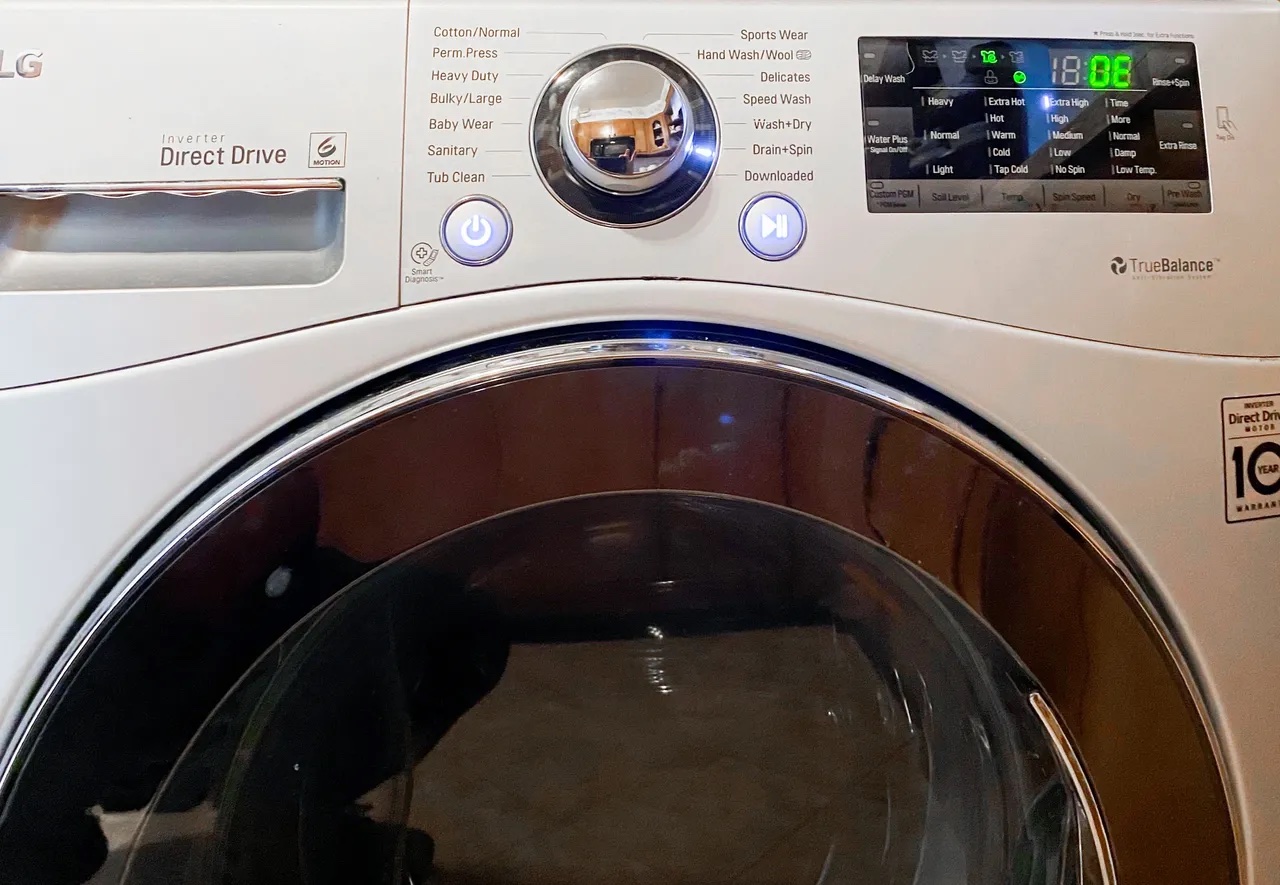
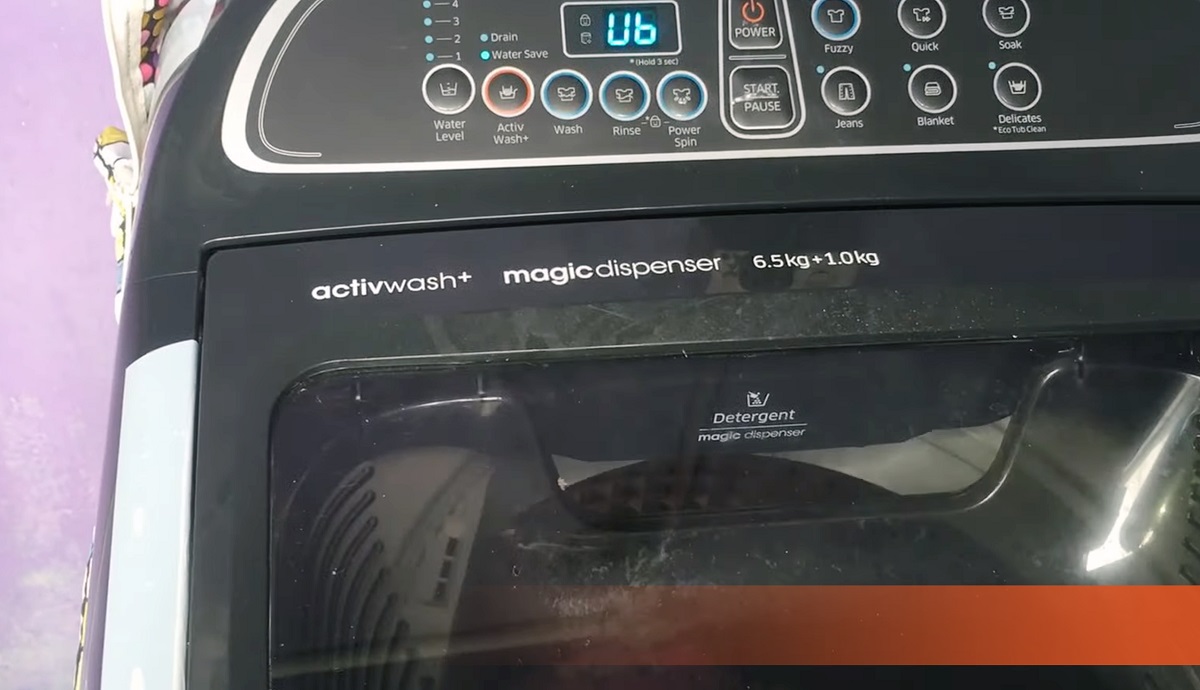
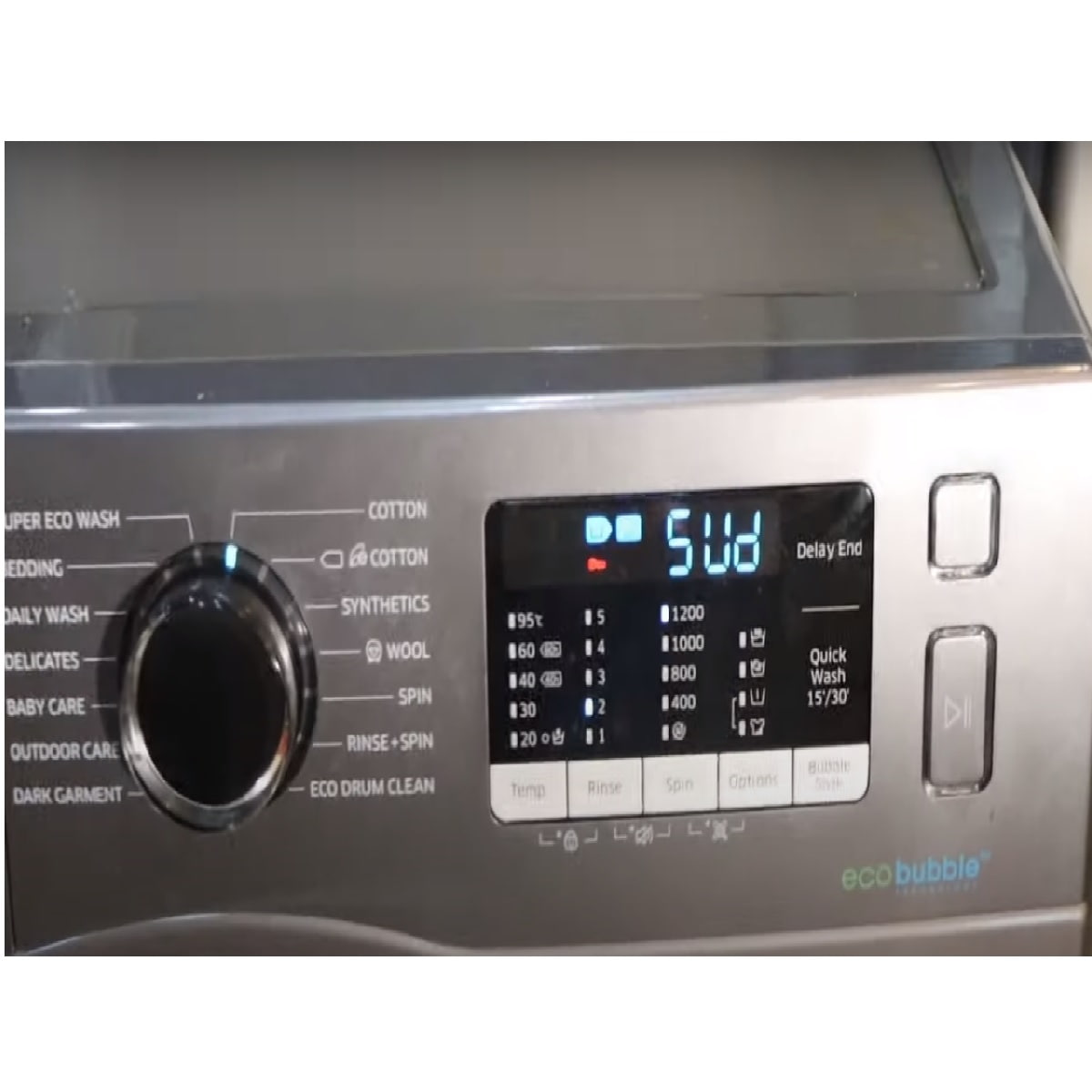

0 thoughts on “What Does E1 Mean On A Washing Machine”